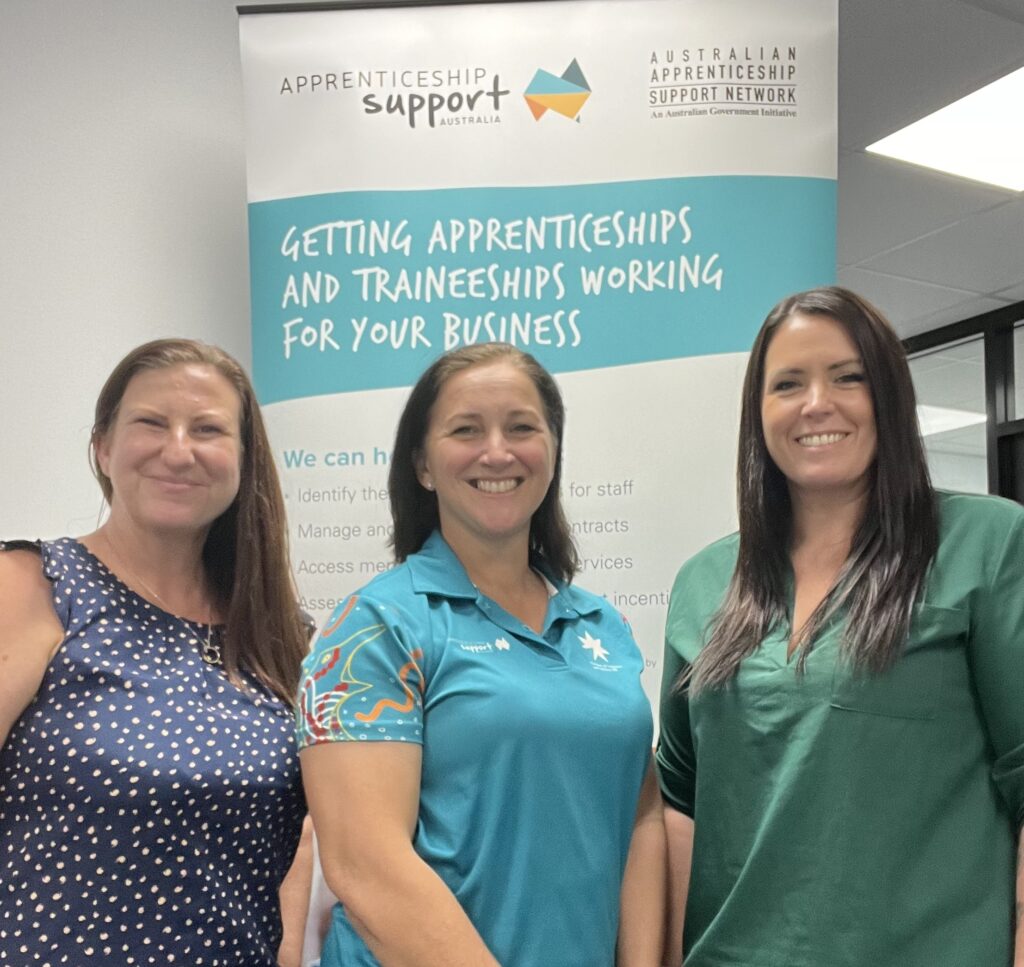Boosting Australia’s skilled workforce is a key focus in the 2024-25 Federal Budget, with initiatives to support employers, apprentices and trainees.
The Budget delivers a $9.3 billion surplus this financial year, its second in a row, but forecasts a $28.3b deficit for 2024-25.
CCIWA Chief Economist Aaron Morey says the Budget offers cost-of-living relief which will help households, and some important measures that recognise the workforce challenges faced in key areas.
“Western Australia desperately needs more skilled workers, particularly in the building and construction industry to help with the housing squeeze,” he says.
“The continuation of the $5,000 payments to apprentices and employers in priority areas will help to alleviate some of that pressure, and the additional funding for fee-free TAFE places will also help.
“It’s also pleasing to see the Government’s investment in training workers for the clean energy jobs of the future.”
The Government’s vocational education and training (VET) investment is expected to be $5.5b in 2023-24, down from $7.1b the previous year.
Key items for the training sector include:
- $22.7b over 10 years for the “Future Made in Australia” program to boost manufacturing and attract green energy investment. This includes $218.4 million over eight years from 2023-24 to support skilled workforce development and trade partnerships:
- $91m for the clean energy workforce.
- $55.6m to drive female participation in male-dominated industries.
- $38.2m for science, technology, engineering and mathematics (STEM) programs in education and industry.
- $835.6m to establish solar panel manufacturing in Australia.
- $549m to support battery manufacturing including workforce training.
- $88.8m for 20,000 fee-free TAFE, VET and pre-apprenticeship program places to train more construction workers.
- $166.2m over five years for the Defence Industry Development Strategy, including grants, support for businesses to increase competitiveness and scale, and career pathway programs.
- $101.8m over seven years to develop Australia’s nuclear-submarine workforce.
- $90.6m to increase construction and housing workers to lift housing supply.
- $500m to build skilled workers in priority industries such as clean energy and construction and manufacturing and supporting women in the workforce.
Morey says the introduction of a production tax credit for critical minerals and renewable hydrogen processing will be welcomed by WA’s resources industry.
“WA has the potential to be at the forefront of the global critical minerals boom, but we are not the only jurisdiction racing to develop our industries,” he says.
“Funding to better map Australia’s critical minerals and develop the infrastructure needed to mine and process those minerals will give Australia a competitive edge in the race for global capital.”
Changes to the Australian Apprenticeship Incentive System
Although the Government announced there will be an additional $265.1m over four years to support apprentices and employers in priority occupations, there will be changes to incentives from July 1, 2024, as outlined below:
| AAIS Phase 1
July 1, 2022 to June 30, 2024 |
Proposed AAIS Phase 2
July 1, 2024 to June 30, 2026 |
AAIS Revised from
July 1, 2024 to June 30, 2025 (12-month period) |
|
| Priority Occupation Employers | Year 1: 10% Wage Subsidy (Capped $6,000)
Year 2: 10% Wage Subsidy (Capped $6,000) Year 3: 10% Wage Subsidy (Capped $3,000) |
Hiring incentive: $4,000 | Hiring incentive: $5,000
|
| Priority Occupation Apprentice | Total: $5,000
|
Total: $3,000
|
Total: $5,000
|
| Non Priority Employer | Hiring incentive: $3,500
|
No longer funded | No longer funded |
| New Energy Apprenticeship Program
Employer |
Year 1: 10% Wage Subsidy (Capped $6,000)
Year 2: 10% Wage Subsidy (Capped $6,000) Year 3: 10% Wage Subsidy (Capped $3,000) |
Hiring incentive: $4,000
|
Hiring incentive: $5,000
|
| New Energy Apprenticeship Program
Apprentice |
Total: $10,000
|
Total: $10,000
|
Total: $10,000
|
WA’s training sector also received strong support from State Budget last week, including with increased incentives for employers and financial assistance for apprentices and trainees.
If employers would like to access the existing incentive schedule, be sure to book your sign-up request prior to June 30, 2024.
Powered by CCIWA, Apprenticeship Support Australia (ASA), can facilitate employment, manage training and offer support and advice to companies seeking apprentices to boost their workforce. Contact ASA at [email protected] or phone 1300 363 831.









